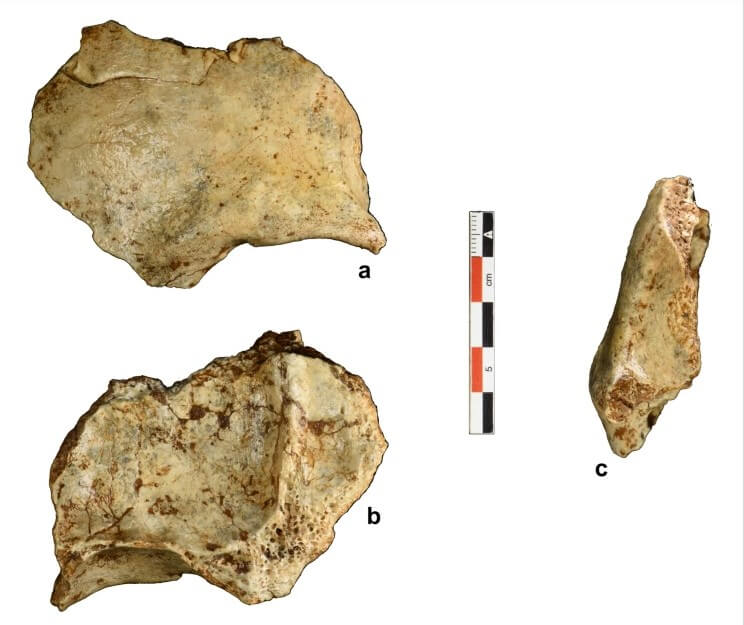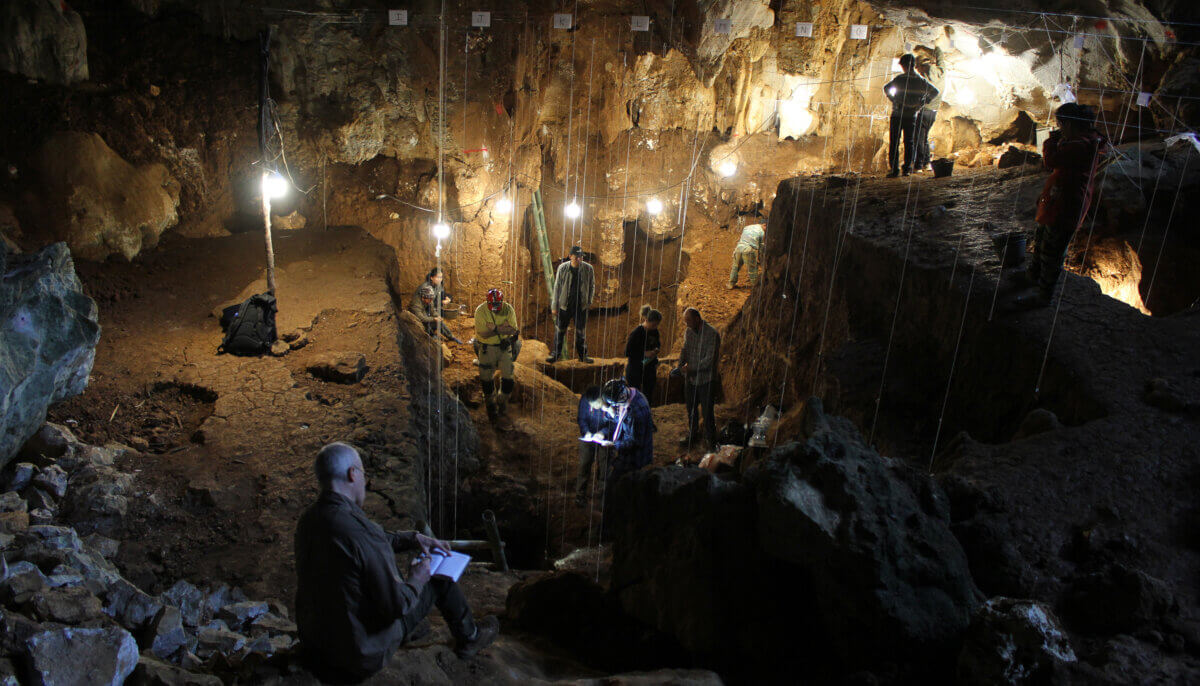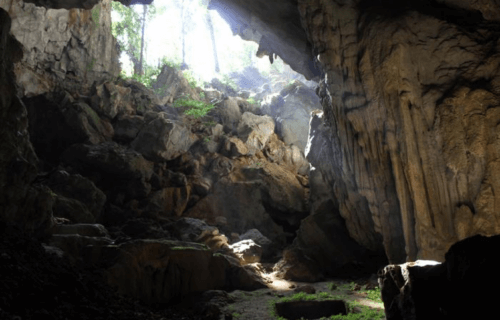SYDNEY, Australia — New research suggests that Australia was colonized by modern humans tens of thousands of years before they reached Europe. Scientists believe that these pioneering ancestors journeyed to Australia from Africa via Southeast Asia.
This hypothesis is supported by the discovery of skull, jaw, and shin bones in a cave in Laos. The fossilized remains, which date between 68,000 to 86,000 years ago, provide evidence of a previously unknown migration route.
Excavations at the Tam Pa Ling cave in northern Laos have unequivocally demonstrated that Homo sapiens spread through Arabia and to Asia much earlier than previously believed. The findings set the arrival of humans in mainland Southeast Asia back by approximately 40,000 years, according to the international research team. The research also supports the recent hypothesis that the roots of Australia’s indigenous Aborigines can be traced back as far as 65,000 years.
“Tam Pà Ling plays a key role in the story of modern human migration through Asia but its significance and value is only just being recognized,” explains lead author Dr. Fabrice Demeter of the University of Copenhagen, in a media release.
The research identified a human presence that lasted for at least 56,000 years within approximately 23 feet of cave sediment. The evidence also indicates that these early humans didn’t solely follow coastlines and islands but also traversed forested regions and river valleys. Some eventually journeyed through Southeast Asia to become the first inhabitants of Australia.

Typically, evidence of our earliest migrations from Africa to Southeast Asia is dominated by island locations such as Sumatra, the Philippines, and Borneo. However, this trend shifted when the upland Tam Pa Ling, located nearly 200 miles from the sea, began revealing its secrets in 2009. An international team utilized advanced scanning techniques to date the sediments.
“Without luminescence dating this vital evidence would still have no timeline and the site would be overlooked in the accepted path of dispersal through the region. Luckily the technique is versatile and can be adapted for different challenges,” says co-author Professor Kira Westaway of Macquarie University.
Between 2010 and 2023, annual excavations – delayed by three years due to lockdowns – progressively revealed that Homo sapiens had indeed passed through the area en route to Australia. Seven pieces of human skeleton were found in 15 feet of sediment, pushing the potential timeline significantly back.
“Having direct dating of the fossil remains confirmed the age sequence obtained by luminescence, allowing us to propose a comprehensive and secure chronology for a Homo sapiens presence at Tam Pà Ling,” adds co-author Professor Renaud Joannes-Boyau of Southern Cross University.

Furthermore, a detailed analysis using micromorphology, a technique examining sediments under a microscope, validated the results.
“Far from reflecting a rapid dump of sediments, the site represents a consistent and seasonally deposited stack of sediments,” says co-author Professor Mike Morley of Flinders University.
The cave is situated near the recently discovered Cobra Cave, frequented by a mysterious group of hominins known as Denisovans approximately 70,000 years earlier. Despite prior lack of evidence for early arrival in mainland Southeast Asia, this area might have been a dispersal route used by our ancestors. It’s a common belief that modern humans began replacing Neanderthal populations in Europe around 45,000 years ago.
“This really is the decisive paper for the Tam Pà Ling evidence. Finally we have enough dating evidence to confidently say when Homo sapiens first arrived in this area, how long they were there and what route they may have taken,” remarks Prof. Westaway.
The research is published in the journal Nature Communications.
South West News Service writer Mark Waghorn contributed to this report.


Scientists did not yet excavated Asia with LIDAR. I believe, they will have more surprise, if and only if, they are open minded.
They should start reading all the old scripts of India and start believing those to get a better clue on their discovery in Asia.